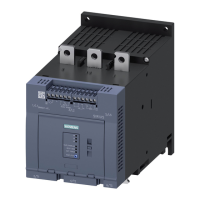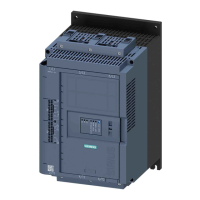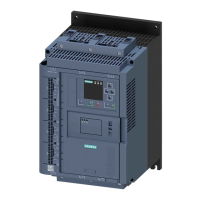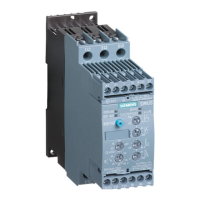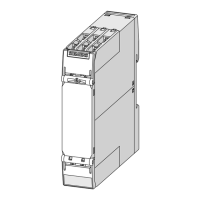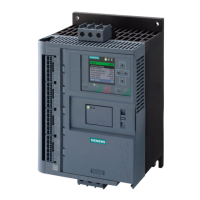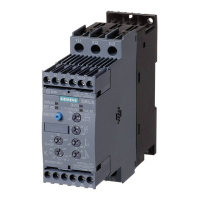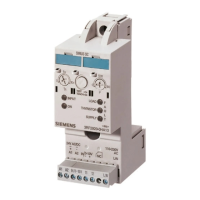Functions
3.7 System monitoring
M200D PROFIBUS/PROFINET
54 Manual, 08/2014, A5E01577426A/RS-AA/004
A short input signal can be extended compared to the actual input signal with the help of the
"input signal extension" parameter. Reliable transmission to the controller can thus be
guaranteed (compensation of bus transfer times and processing time in the controller).
You can set a debounce time for the inputs in order to achieve interference immunity.
You can use this device parameter to specify whether or not the input level of the digital
inputs should be saved.
● Retentive, i.e. latching mode (edge evaluation)
Regardless of the input signal present, the action can only be deactivated again by a
further event.
● Non-retentive, that is, jog (level evaluation)
This input action is active as long as the input is active.
You use this device parameter to specify the input logic:
● Normally closed
● Normally open
If you specify "Input n action": "Emergency start", "Motor CW", "Motor CCW", "Cold run" and
"Trip reset" you can only program "Input n level" as a normally open contact.
If "Input n level" is changed from a normally closed contact to a normally open contact and
the associated "Input n action" is parameterized as "Tripping without restart", the "Input
tripping" message bit is set and shut down accordingly in the case of an open input due to
the input delay!
If input voltage is applied (input active), a 1 is transferred to the control regardless of the
"Input n level", see the figure "Overview of input parameters".
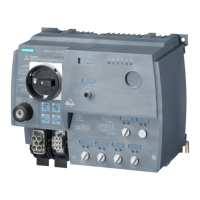
